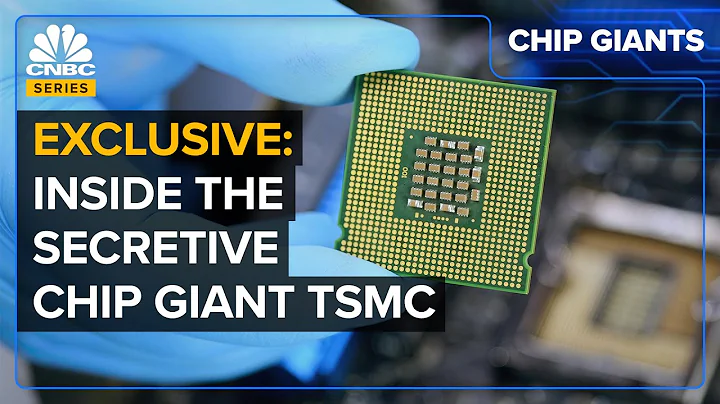As we all know, Samsung has always stated that it will officially achieve mass production of 3nm chips in the first half of 2022, and will also use the GAAFET new generation process, hoping to defeat TSMC.
Because TSMC still uses the aging FinFET transistor technology at 3nm, and TSMC’s 3nm is not expected to be mass-produced until the end of 2022, or even the first half of 2023.

On the last day of the first half of the year, which is June 30, Samsung officially announced that chips based on the 3nm all-around gate (Gate-All-AroundT, referred to as GAA) process technology node have begun preliminary production. .
is different from the previous comparison with Samsung's own 7nm chip. This time Samsung directly benchmarked the previous generation's 5nm. Samsung said that compared with Samsung 5nm chip, the optimized 3nm process has improved performance by 23% and reduced power consumption. 45%, and the chip area is reduced by 16%.

This means that Samsung has become the world's first manufacturer to mass-produce 3nm chips, truly catching up with TSMC.
Why is Samsung so active in taking the lead in achieving mass production of 3nm? The reason is that in terms of wafer foundry, Samsung has no retreat. If it doesn't work hard, it is likely that it will no longer be TSMC's opponent.
Due to the low yield of 5nm and 4nm processes, even Qualcomm and nvidia want to abandon Samsung. In the first quarter of 2022, Samsung was also the only company among the top 10 foundry companies to see a decline in revenue, down 5.8%.
I remember when Samsung took the lead in mass-producing 14nm FinFET, it was very successful and even grabbed orders from and Apple . But now it is getting worse, so Samsung has to make a profit, hoping that the FinFET technology of 14nm will allow Samsung to win from TSMC. Grab food.

So can Samsung succeed this time? No one knows, it depends on Samsung’s specific 3nm performance. Although the performance of
is improved by 23%, the power consumption is reduced by 45%, and the chip area is reduced by 16%, the performance is indeed very strong. But in the end, we don’t look at data, but at “efficacy” and actual measurement. And it also depends on the yield rate. If Samsung's yield rate is low, then customers may not choose Samsung.
According to the media, there are currently customers ordering 3nnm wafer foundry from Samsung. The first customer is Shanghai Pansilicon Semiconductor Technology Co., Ltd., a manufacturer in mainland China. Qualcomm and others will also place orders depending on the specific situation.





















